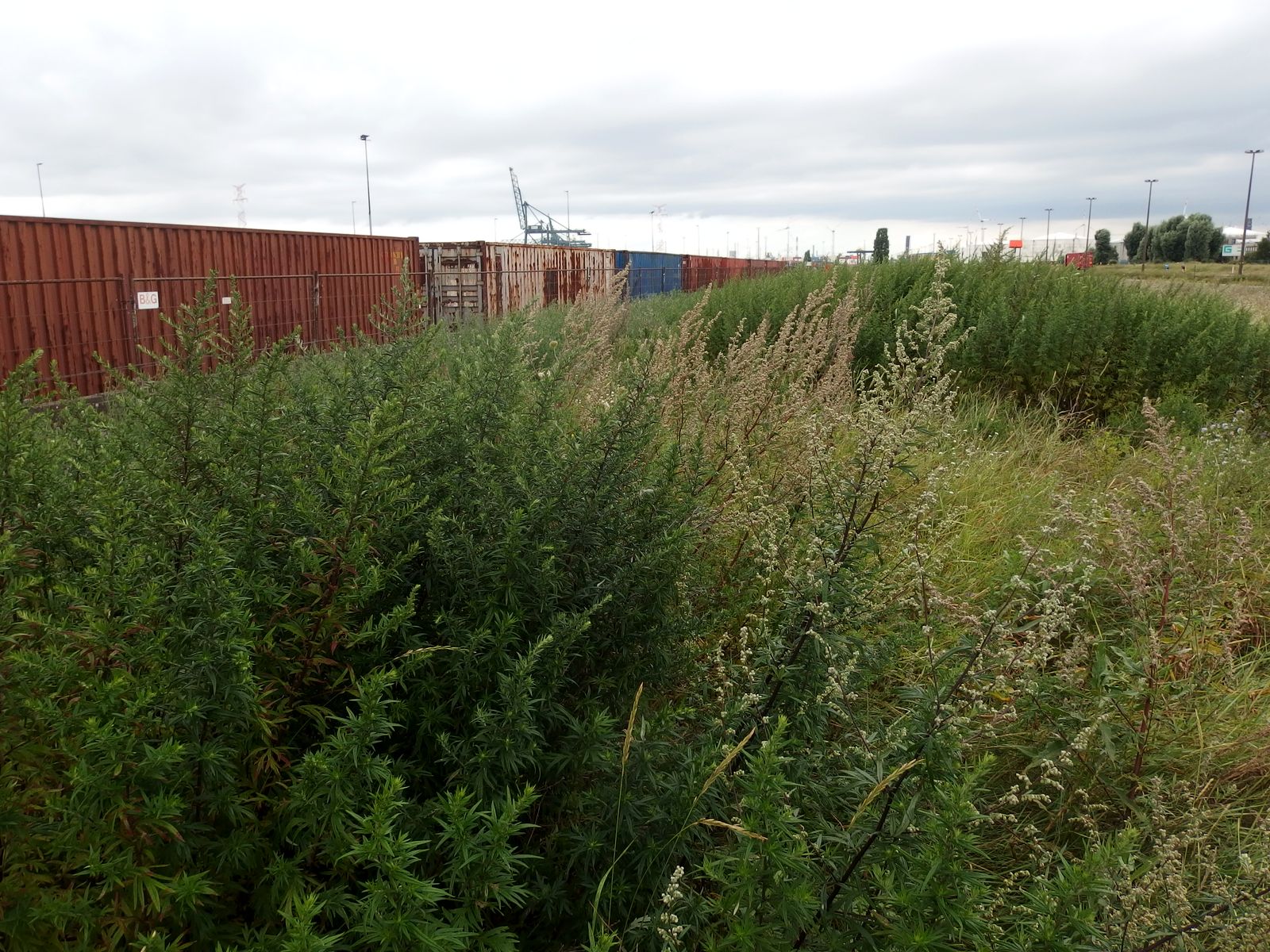[Science news] - Exposing invasive look-alikes of native mugwort (Artemisia vulgaris)

Meise Botanic Garden has been studying this species complex for many years, not only with classic morphological studies but also using modern techniques such as DNA sequencing and genome size measurement. We have detected several East Asian Artemisia species that look a lot like native mugwort, not only in Belgium but also in other Western European countries. Two species, A. verlotiorum and A. princeps, both from China and Japan, appear to be fully naturalised and have increased here recently. Our discovery of A. princeps is the first report from Europe. We have also identified several additional Artemisia weeds during our study, but these are not problematic at present.
Early detection, based on a positive identification, and a quick and effective response is considered as one of the best and most cost-effective ways of dealing with invasive plants.
Photo: The photo shows native Artemisia vulgaris (some post-flowering stems, foreground) with Asian A. princeps (dark green mass vegetation) in the Antwerp port.



